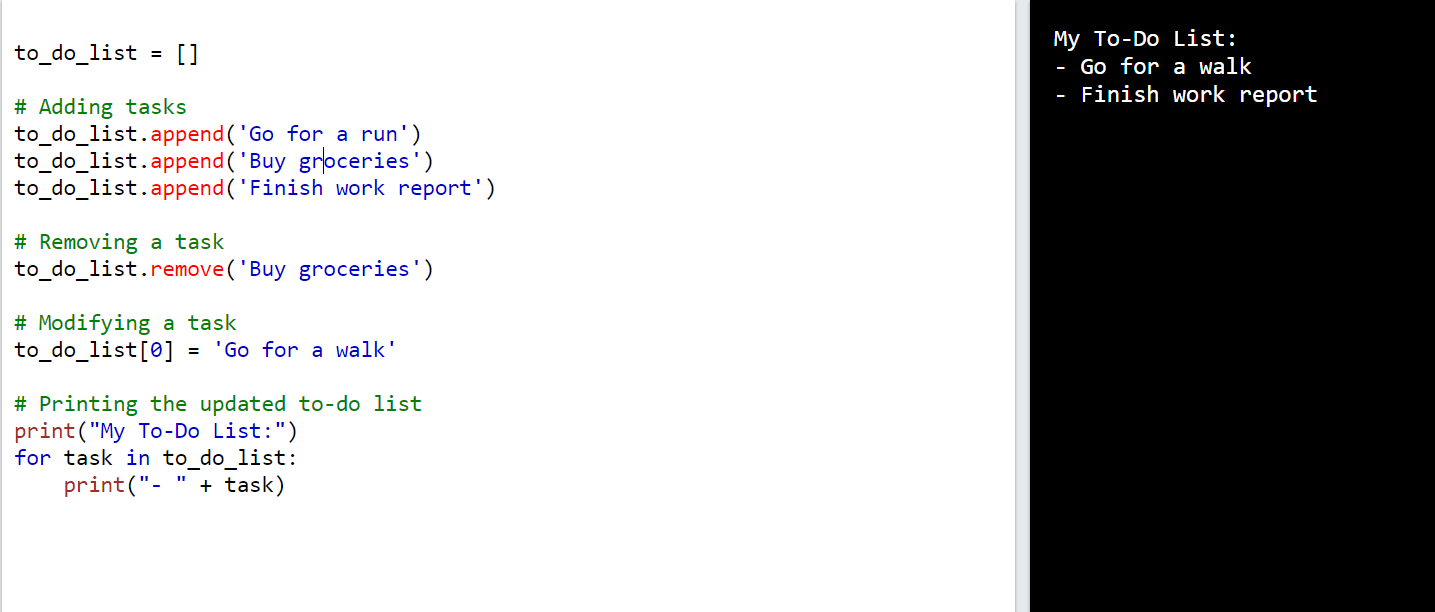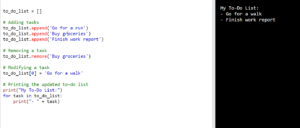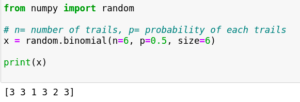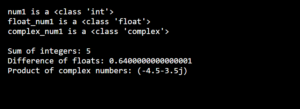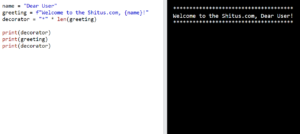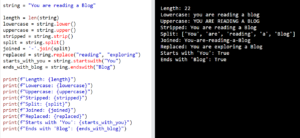Reversing the order of elements in a list is a common task in Python programming. Whether you’re new to Python or an experienced developer, understanding how to reverse a list is essential.
In this blog guide, we’ll walk you through various methods and techniques to reverse a list in Python.
1. Using the reverse() in python
The reverse() method in Python is used to reverse the order of elements in a list. It modifies the list directly without creating a new list.
Example:
# Define a list
my_list = [1, 2, 3, 4, 5, 7, 8, 9]
# Reverse the list using reverse()
my_list.reverse()
# Print the reversed list
print(my_list)
Output:
[9, 8, 7, 5, 4, 3, 2, 1]In the code above, we have a list called my_list with elements [1, 2, 3, 4, 5, 7, 8, 9]. By calling the reverse() method on my_list, the order of elements is reversed. Finally, we print the reversed list, which gives us [5, 4, 3, 2, 1].
The Advantages of using the reverse() method is
- Easy to use: You simply call the reverse() method on your list, and it takes care of reversing the elements for you.
- Efficient: Since the reverse() method modifies the list directly, it doesn’t require creating a new list, making it efficient for large lists.
and the disadvantage of using the reverse() method is
- Modifies the original list: Keep in mind that the reverse() method changes the original list itself. If you need to preserve the original order, you may want to consider alternative methods.
- Limited customization: The reverse() method only reverses the order of elements. If you require additional transformations or customizations, you might need to explore other techniques.
2. Slicing Technique to Reverse a List in Python
The slicing technique is another approach to reverse a list in Python. To reverse a list using slicing, we can define a slice that includes all elements of the list and specify a step value of -1. The step value determines the direction and increment/decrement of the slice.
Example: Reversing a List using Slicing:
# Define a list my_list = [1, 2, 3, 4, 5, 7, 8, 9] reversed_list = my_list[::-1] print(reversed_list)
Output:
[9, 8, 7, 5, 4, 3, 2, 1]
The advantage of using the Slicing Technique:
- Preserves the Original List: Unlike the reverse() method, the slicing technique creates a new list with the reversed elements, leaving the original list unmodified.
- Flexibility: Slicing allows for more flexibility as it enables various list manipulations, such as extracting sublists, selecting specific elements, and reversing lists.
there are some Drawbacks to using the Slicing Technique:
- Additional Memory Usage: Creating a new reversed list using slicing requires additional memory to store the reversed elements. This can be a concern when dealing with large lists.
- The slicing technique provides an alternative way to reverse a list while preserving the original order. It offers more flexibility for other list manipulations but comes with the drawback of using additional memory. Consider using the slicing technique when you need to reverse a list while keeping the original intact or when you require additional list operations beyond just reversing.
3. In-Place Reversal to Reverse a List in Python
In Python, in-place reversal refers to the concept of modifying the original list directly without creating a new list.
To reverse a list in-place, we utilize the index-based swapping technique. This involves swapping the first element with the last, the second with the second-to-last, and so on, until reaching the middle of the list.
Example: Reversing a List In-Place:
my_list = [1, 2, 3, 4, 5, 7, 8, 9]
start = 0
end = len(my_list) - 1
while start < end:
my_list[start], my_list[end] = my_list[end], my_list[start]
start += 1
end -= 1
print(my_list)
Output:
[9, 8, 7, 5, 4, 3, 2, 1]4. Reversed Function to Reverse a List in Python
The reversed() function in Python is a built-in function that returns a reverse iterator of a given list. When we apply the reversed() function to a list, it gives us a way to access the elements of that list from last to first.
Example: Reversing a List using the reversed() Function:
my_list = [1, 2, 3, 4, 5, 7, 8, 9]
reversed_list = list(reversed(my_list))
print(reversed_list)
Output:
[9, 8, 7, 5, 4, 3, 2, 1]Which one is the best for you?
If you want to modify the original list directly, Use the reverse() method. It changes the list itself, so you don’t need to create a new list.
If you want a reversed list while keeping the original list intact: You have two choices:
- Slicing technique: This involves using list slicing with a step size of -1. It creates a new reversed list without modifying the original one.
- reversed() function: It gives you a reverse iterator, which you can convert to a list if needed. This way, you can access the elements of the list in reverse order without changing the original list.
If memory usage is a concern and you don’t need a new list: Consider the in-place reversal technique. It means swapping the elements of the list manually, without creating a new list. This method can be useful when you want to save memory and don’t require a separate reversed list.

